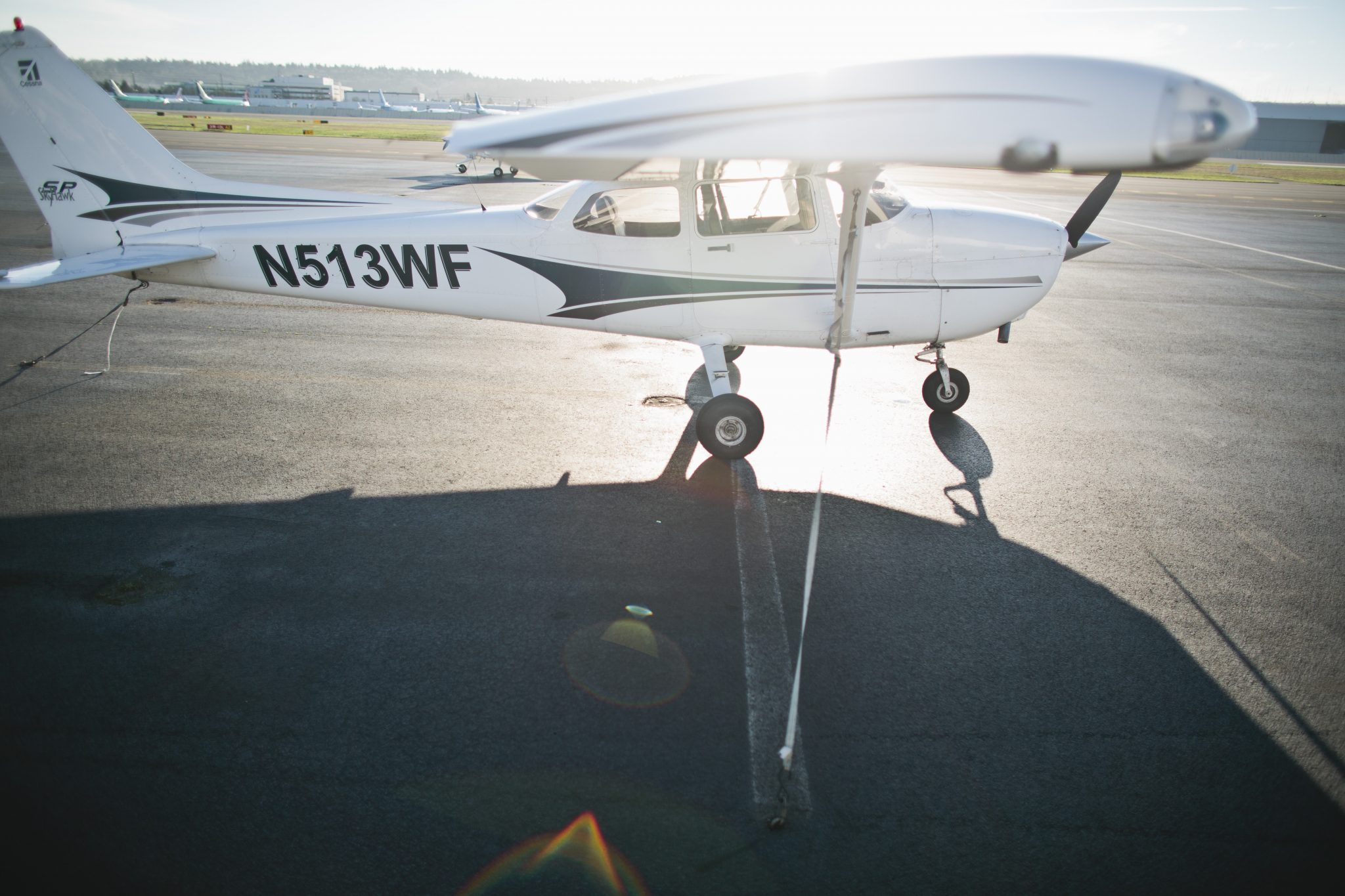
FAA: New IFR Currency Rules and Changes in Complex Requirements
 On June 27, 2018, the FAA published an extensive revision to sections of 14 CFR Part 61 governing IFR currency with the use of aviation training devices, the role of technically advanced aircraft (TAA) in training for the commercial pilot-airplane certificate, and several other important changes that affect sport pilots and pilots operating under Part 135. All of these changes were originally proposed in an NPRM in May 2016.
On June 27, 2018, the FAA published an extensive revision to sections of 14 CFR Part 61 governing IFR currency with the use of aviation training devices, the role of technically advanced aircraft (TAA) in training for the commercial pilot-airplane certificate, and several other important changes that affect sport pilots and pilots operating under Part 135. All of these changes were originally proposed in an NPRM in May 2016.
New Instrument Currency Rules
The new regulations update 14 CFR 61.57 to allow instrument-rated pilots to maintain IFR currency by using an ATD, FTD or Full Flight Simulator just as they would in an aircraft, and without having an instructor present. The former rules required additional logged time and maneuvers when using an ATD versus an FTD or Full Flight Simulator and required the presence of an instructor.
The new instrument currency rules are effective July 28, 2018.
At Galvin, we offer AATDs and FTDs for training which will meet these new instrument currency rules.
Technically Advanced Aircraft
The final rule also addresses the use of complex aircraft in training for the commercial pilot – airplane certificate. The FAA recently removed the requirement for a complex aircraft for the commercial pilot-airplane and flight instructor-airplane practical tests. But that change in policy did not alter the regulatory requirement for commercial pilot applicants to acquire 10 hours of flight time in a complex aircraft.
The new regulations, which become effective August 27, 2018, allows a TAA to be used in combination with, or instead of, a complex or turbine-powered airplane to meet the 10 hours of aeronautical experience formerly required in a complex aircraft, and a TAA can also be used to complete the practical test.
The new rules define a TAA as an airplane with an electronic Primary Flight Display (PFD), an electronic Multifunction Display (MFD) that includes a moving map using GPS with aircraft position displayed, and a two-axis autopilot capable of maintaining a selected altitude.
Galvin’s current fleet of aircraft include several TAA, including one of our Cessna 172s, all of our Diamond D40s and D42s, our Cessna 182, and the Cirrus SR22T. As our Cessna 172 feet undergoes updates to ADS-B, more will be upgraded to meet the TAA definition.
You can find the full text of the final rule and a detailed discussion at the Federal Register website.
For an easier to read detailed breakout of the new rules, please visit Galvin Instructor Bruce Williams’s blog post at https://bruceair.wordpress.com/2018/06/26/new-ifr-currency-rules/.